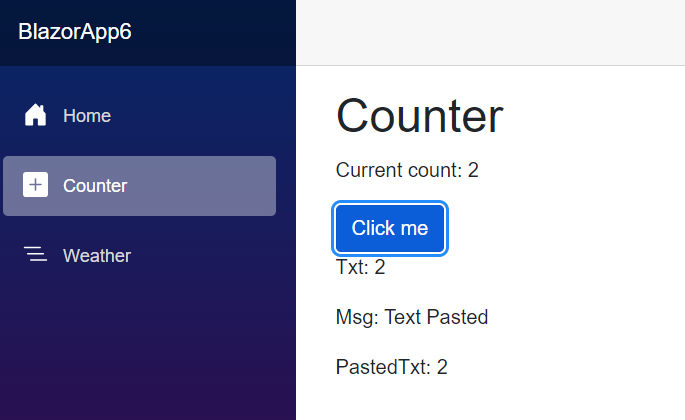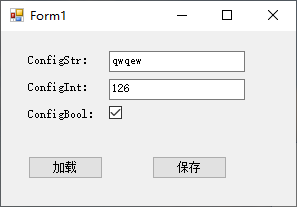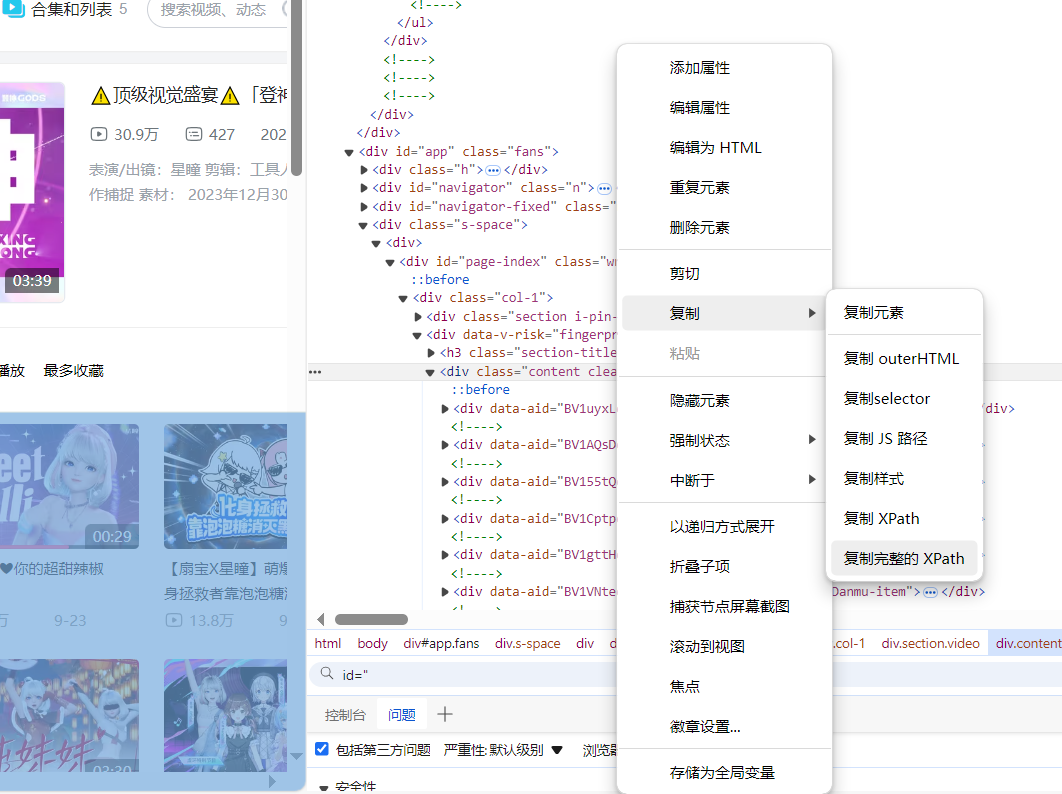void Main()
{
int a=5;
int b=6;
if (a<b) Console.Write("333");
Console.ReadLine();
}
IL:
IL_0000: ldc.i4.5 IL_0001: stloc.0 IL_0002: ldc.i4.6 IL_0003: stloc.1 IL_0004: ldloc.0 IL_0005: ldloc.1 IL_0006: bge.s IL_0012 IL_0008: ldstr "333" IL_000D: call System.Console.Write IL_0012: call System.Console.ReadLine
我正在努力了解实施的效率:
>在第1行(IL代码),它将值5推送到堆栈(4字节,即int32)
>在行#2(IL代码),它从堆栈POPs到一个局部变量.
接下来的两条线也一样.
然后,它将这些局部变量加载到堆栈上,然后它评估bge.s.
问题#1
为什么他将本地变量加载到堆栈?这些值已经在堆栈中了.但他把他们放在了一个局部变量中.不是浪费吗?
我的意思是,为什么代码不能像:
IL_0000: ldc.i4.5 IL_0001: ldc.i4.6 IL_0002: bge.s IL_0004 IL_0003: ldstr "333" IL_0004: call System.Console.Write IL_0005: call System.Console.ReadLine
我的代码示例只有5行代码.大约有50,000,000行代码? IL会发出大量的额外代码
问题#2
看代码地址:
> IL_0009地址在哪里?不是应该是连续的吗?
附: Im与发布模式下的Optimize标志
解决方法
Why does he loads the local variables to the stack? The values has already been in the stack. But he poped them in order to put them in a local variables. Isn’t it a waste?
浪费什么?你必须记住,IL(通常)不是按原样执行的,它由JIT编译器重新编译,JIT编译器执行大部分的优化.使用“中间语言”的一个要点就是可以在一个地方实现优化:JIT编译器和每种语言(C#,VB.NET,F#,…)不必再重新实现它们.这是由Eric Lippert在他的文章Why IL?中解释的
Where is the IL_0009 address? Isn’t it supposed to be sequential?
我们来看看ldstr指令的规范(从ECMA-335):
III.4.16
ldstr– load a literal stringFormat: 72 <T> […]
The
ldstrinstruction pushes a new string object representing the literal stored in the Metadata as string (which is a string literal).
对上述元数据的引用和< T>意味着指令的字节72后面是元数据令牌,它指向包含字符串的表.这样的标记有多大?从同一文件的第III.1.9节:
Many CIL instructions are followed by a “Metadata token”. This is a 4-byte value,that specifies a row in a Metadata table […]
因此,在您的情况下,指令的字节72位于地址0008,令牌(0x70000001,在这种情况下,0x70字节表示用户字符串表)在地址为0009至000C.




